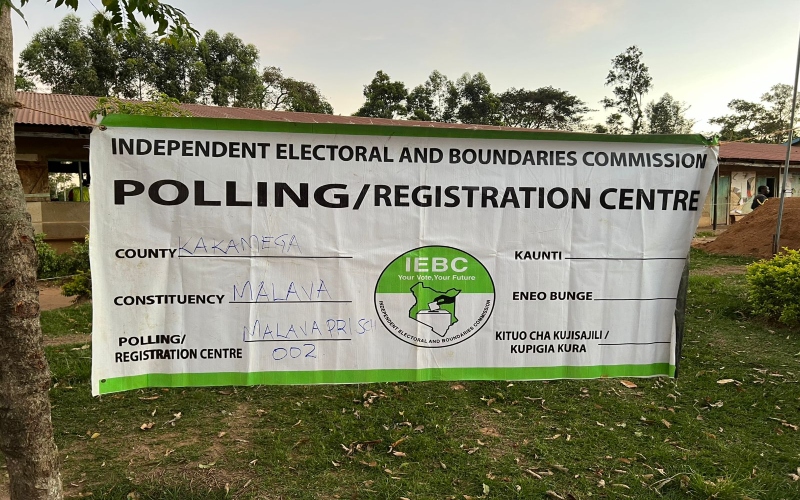Kenya flags 132 sites for high lead exposure across eight regions

Public Health and Professional Standards PS Mary Muthoni reiterated the government's commitment to holding polluters accountable for their actions.
The Ministry of Health has identified 132 sites across eight regions in Kenya that pose a high risk of lead exposure, endangering the health of thousands of citizens.
This was announced by Public Health and Professional Standards Principal Secretary Mary Muthoni during the launch of World Lead Poisoning Awareness Week.
More To Read
- Human ancestors were exposed to lead millions of years ago, and it shaped our evolution
- Second Lady Joyce Kithure calls for tougher action to eliminate lead exposure in Kenya
- New Bill proposes Sh50 million for health providers over neglect and unsafe facility conditions
- Ministry warns Kenyans to prioritise health and safety during festive season
- Supreme Court upholds Sh1.3bn award for Uhuru Owino residents over lead poisoning
- Private colleges, universities put on notice over unapproved medical courses
Muthoni pointed out the government's commitment to holding polluters accountable for their actions.
"We will no longer tolerate lead exposure that leads to lead poisoning in the country," she stated.
The flagged sites span regions including Central, Coast, Eastern, Nairobi, North-Eastern, Nyanza, and Rift Valley.
PS Muthoni urged citizens to monitor lead levels, especially among vulnerable groups such as children, pregnant women, and workers in high-risk areas.
Lead exposure
Kenya has made significant progress in combating lead exposure, having established the lowest allowable lead limit in paint at 90 parts per million, one of the strictest standards globally.
The Health Ministry is also actively working on harmonising paint standards within East Africa.
As a signatory to the Dakar 2002 Pact, Kenya successfully phased out leaded petrol by December 2005.
The PS highlighted ongoing efforts in lead-acid battery recycling and the need for clearer guidelines for blood lead level assessments, along with the necessary diagnostic infrastructure.
"Our partnership with Momentum Multi-Country Global Leadership is crucial in advancing this agenda," Muthoni added.
The collaboration aims to enhance coordination across sectors, boost public awareness, monitor environmental lead levels, and enforce regulations effectively.
Muthoni expressed a vision for a safer future: "We envision a future where our children can learn, play, and grow in a safe environment, where expectant mothers are not at risk of miscarriage due to lead exposure, and where everyone is aware of the dangers of lead."
Echoing her concerns, Griffins Ochieng, Executive Director of the Centre for Environment Justice and Development, noted that even small amounts of lead can have devastating effects on children's intelligence and behaviour.
"The damage is lifelong and irreversible, therefore, high levels of lead in paint are a cause for serious concern," he said.
In a 2016 study, Ochieng's organisation tested 51 solvent-based paints for home use, finding that 19 of the brands exceeded the international lead limit of 90 parts per million, with 15 paints containing over 10,000 ppm of lead.
He commended the Kenya Bureau of Standards for implementing stringent regulations in 2018 to control the manufacture and sale of lead-based paints.
However, he warned that strict enforcement is essential to prevent ongoing risks, especially with the booming construction industry in developing regions.
Top Stories Today















































